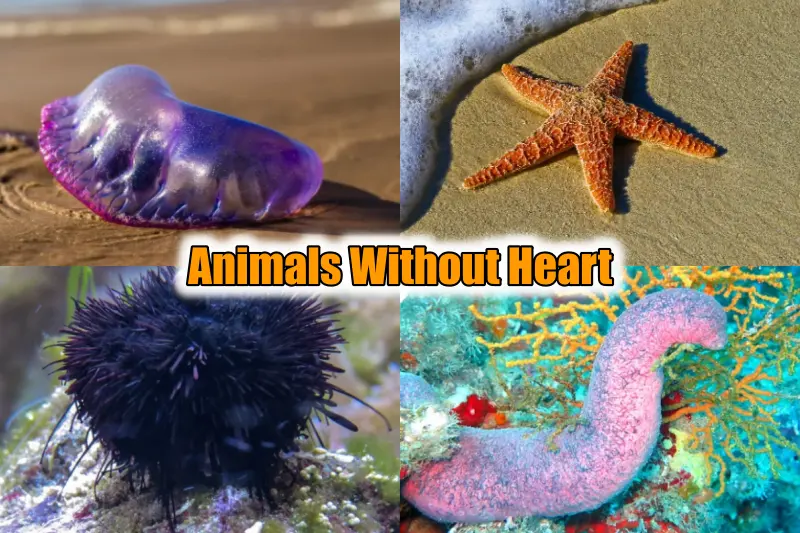Cells are the basic unit of life. Cells make up tissues, which in turn specialize in making organs, which then make organ systems. Among the several organs in our body, one of the most important ones is the heart.
The heart functions to circulate blood, full of oxygen and nutrients to all parts of the body to keep the body running. But do you know that some animals function perfectly, even without a heart?
Yes, this is what we are going to talk about in today’s article, Which Animals don’t have Hearts? (10+ Animals without Heart). So without further delay, let’s get going.
Which Animals don’t have Hearts?
All animals require a circulatory system to transport nutrients, oxygen, and waste products throughout their bodies.
The vast majority of animals have a heart or a similar organ that pumps blood or a similar fluid. However, there are a few exceptions to this rule.
Here are some examples of animals that do not have a heart:
Flatworms (Platyhelminthes): Flatworms, such as planarians, have a simple, branched network of tubules called a “gastrovascular cavity” that helps distribute nutrients and oxygen to their cells. They lack a centralized heart-like organ.
Cnidarians: Cnidarians, including jellyfish, sea anemones, and corals, have a sac-like body plan with a central cavity called the coelenteron or gastrovascular cavity. The coelenteron helps distribute nutrients and gases, but it doesn’t function as a true heart.
Poriferans: Poriferans, commonly known as sponges, have a porous body structure through which water circulates. While they have specialized cells for water flow and nutrient exchange, they lack a distinct circulatory system or heart.
Let’s deep dive into the list.
Animals Without Heart
1) Starfish
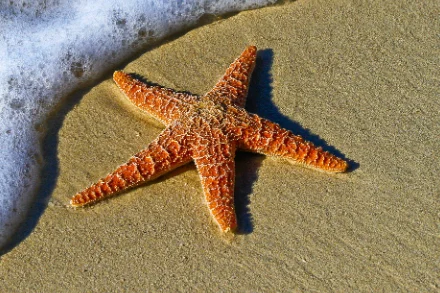
Class: Asteroidea
The first animal in our list of animals without hearts is an echinoderm, the starfish. Also known as sea stars, these animals are marine invertebrates. A majority of them feature a central disc and mostly five arms, while certain species have more arms.
The madreporite is a porous plate placed above the star, which serves to bring in water to the body. It doesn’t require a heart to maintain life; instead, it possesses a ring canal and subsequent branches to circulate water throughout the body.
2) Sponges
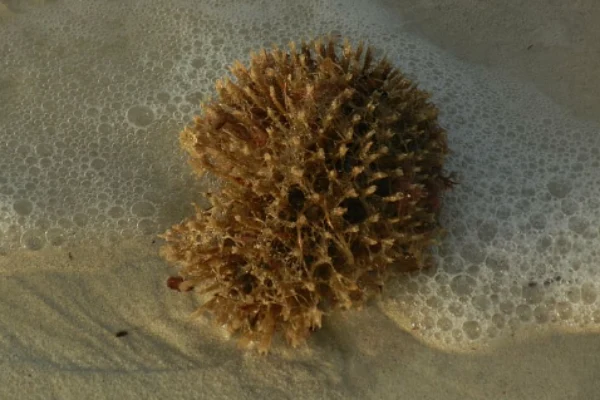
Phylum: Porifera
Sponges are one of the oldest living organisms, with some species nearly 3000 years old. They are one of the simplest multi-cellular organisms and do not possess complex distinct organ systems like the nervous system or circulatory system.
Sponges do not have a heart or a brain. However, their body is porous, which allows a steady water flow, which carries out the functions of the circulatory system, nervous system, etc. They rely on keeping up a constant water flow through their bodies to obtain food (by filtering the water) and oxygen and to remove wastes.
3) Sea Anemones
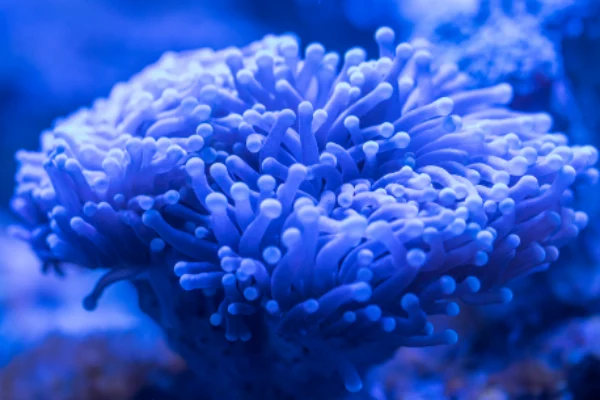
Order: Actiniaria
Popularized by the movie Finding Nemo, a typical sea anemone is a sedentary polyp. It adheres itself at the base to a surface, like a rock or piece of wharf wood. Anemones have a wide range of shapes, colorations, and behaviors.
The cylindrical body could be long and narrow or short and stout. Petal-like tentacles that are frequently present in multiples of six surround the mouth, which is located at the top of the body. The clownfish use them as a home.
4) Sea Lilies
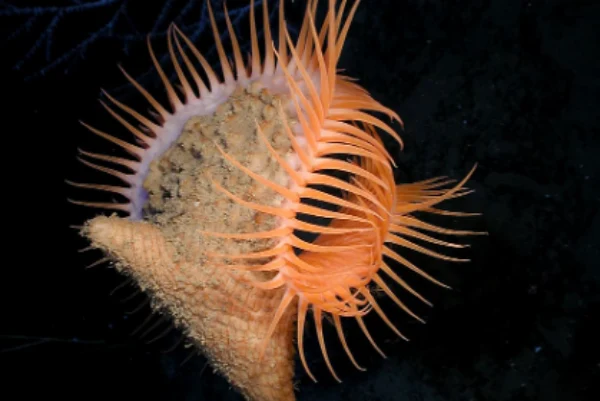
Class: Crinoidea
Next up on our list of animals without hearts, we have a close cousin of the sea urchins, the Sea Lilies. These creatures, with their characteristic vibrant colorations and beautiful feathery arms, make up essential sea ecosystems.
Sea lilies are passive suspension feeders that are primarily found in deep seas. With the help of their feather-like arms, they filter plankton and other microscopic seawater debris from the water that flows past them. Their developed water vascular system serves both circulatory as well as excretory systems.
5) Sea Cucumbers
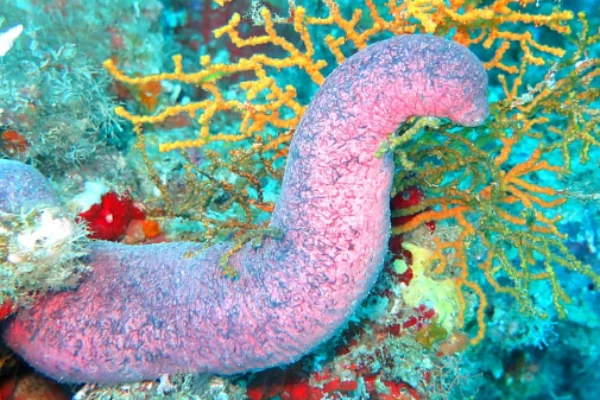
Class: Holothuroidea
The Sea Cucumbers are another group of echinoderms, like the other animals on our list. They have elongated bodies like a cucumber with leathery skins. They are known for the defense mechanism, which involves spilling out the innards, and later growing them back.
Sea cucumbers do not have a heart but instead have numerous small muscular ampullae, which circulate the fluid around their body.
6) Corals
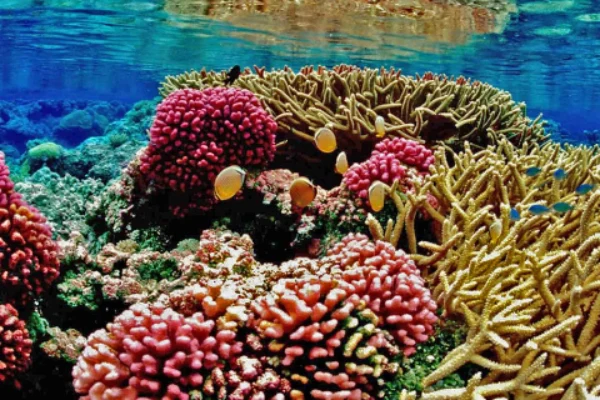
Phylum: Anthozoa
The next animal in our list of Animals without hearts is the Corals, a class of marine invertebrates. Mainly comprised of a colony of genetically identical sedentary polyps, which may sometimes have a hard calcareous skeleton.
The polyps fit into corallites, which are cup-shaped depressions in the skeleton. They have tentacles that spread out to catch prey or plankton. The water serves to be the circulating fluid and hence lacks a heart.
7) Sea Urchins
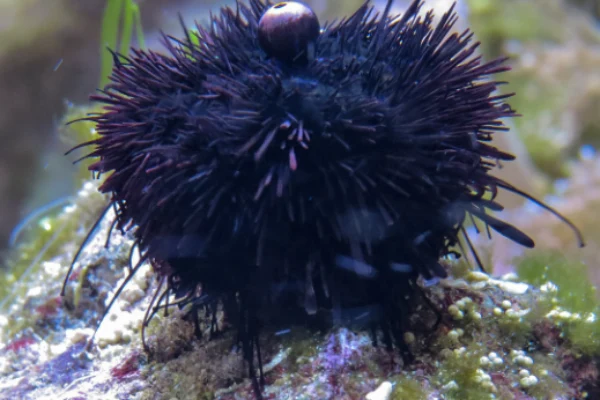
Class: Echinoidea
Sea Urchins are echinoderms with spiny hard shells residing on the sea floors, ranging from sea shore to as deep as 5,000 m.
Instead of a heart, they have a water vascular system that initiates with the madreporite, which leads into the ring canal. The podium ampulla helps to pump the fluid throughout.
Sea Urchins mainly live on algae but make sometimes prey on smaller sedentary animals.
8) Brittle Star
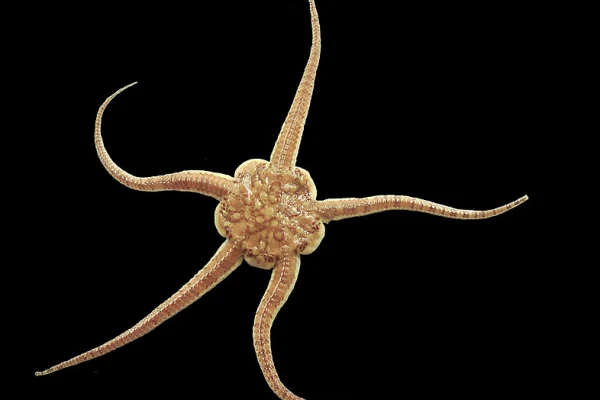
Class: Ophiuroidea
Next up in our list of Animals without hearts, we have a close relative of the starfish, the Brittle Star. Resembling the starfish, they have five arms joined together at the central disk.
Like the other animals on the list, Brittle stars, too, do not have a heart but a water-vascular system with madreporites and ampullae. They mainly feed on detritus from the water or scavenge on dead sea organisms.
9) Sand Dollars
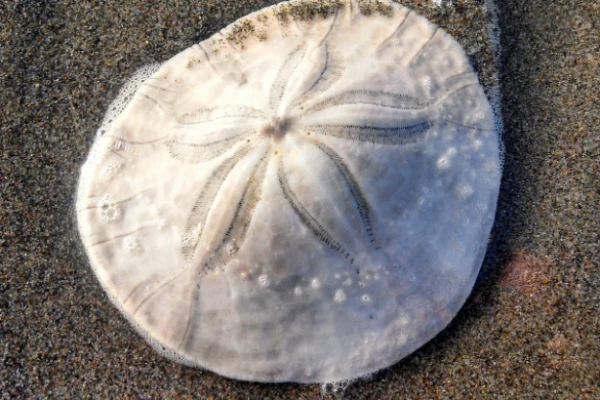
Class: Echinoidea
The Sand Dollars are a close relative of the Sea Urchins but are flatter and stick to the bottom of the ocean. The outer skeleton, known as the test, is covered by fine hairs.
They are very slow eaters and may take 2 days or more to metabolize the food they consume.
Sand Dollars burrow themselves in the sand and, like the sea urchins, have a vascular system supplying water instead of the heart.
10) Flatworms
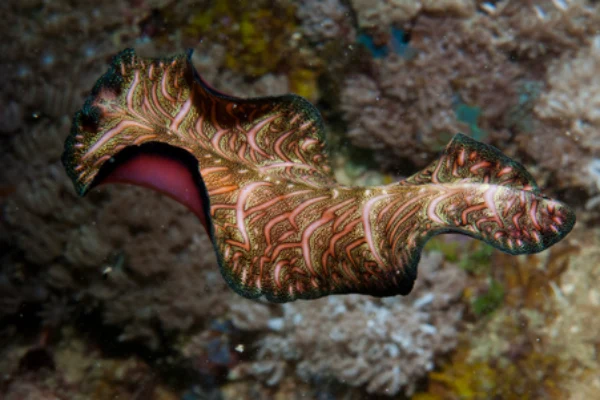
Phylum: Platyhelminthes
Flatworms are small, simple invertebrates with flat and soft bodies. As their bodies are based on a simple structure, they lack circulatory and respiratory systems.
These are primarily free-living, containing over 4,500 species, and range in size from 1 mm (0.04 inches) to 600 mm (24 inches).
The majority of terrestrial species are nocturnal, predators or scavengers. These animals prefer moist, shady environments like leaf litter or decaying wood.
11) Portuguese man o’war

Scientific name: Physalia physalis
The Portuguese man o’war is a colonial being; each organism is made up of numerous smaller units (zooids). They are grouped together and suspended from beneath a sizable pneumatophore (gas-filled structure).
Two different zooid species—gastrozooids and tentacle-bearing dactylozooids or tentacular palpations—work together to hunt and eat for the colony.
In conclusion, while the vast majority of animals possess a heart or a similar organ to facilitate circulation, there are exceptions to this rule. Certain creatures such as flatworms, cnidarians, and poriferans have evolved alternative methods to distribute nutrients and oxygen throughout their bodies.
These animals rely on specialized structures or networks rather than a centralized heart-like organ. Understanding the diverse mechanisms employed by different species enhances our appreciation for the complexity and adaptability of life on Earth.
Here, we end our article, Which Animals don’t have Hearts? (10+ Animals without Heart). Stay tuned for more informative articles.
Also Read:

A zoology student turned writer. Nature has always been a magnet to me, and to unearth some of its secrets through my articles is my prime intention. If not engaging myself with nature and anime content, you can always find me going through some Bengali classics or filling the air with some soulful Tabla beats. An artist, trying to throw some colors to my blank canvas of life.
